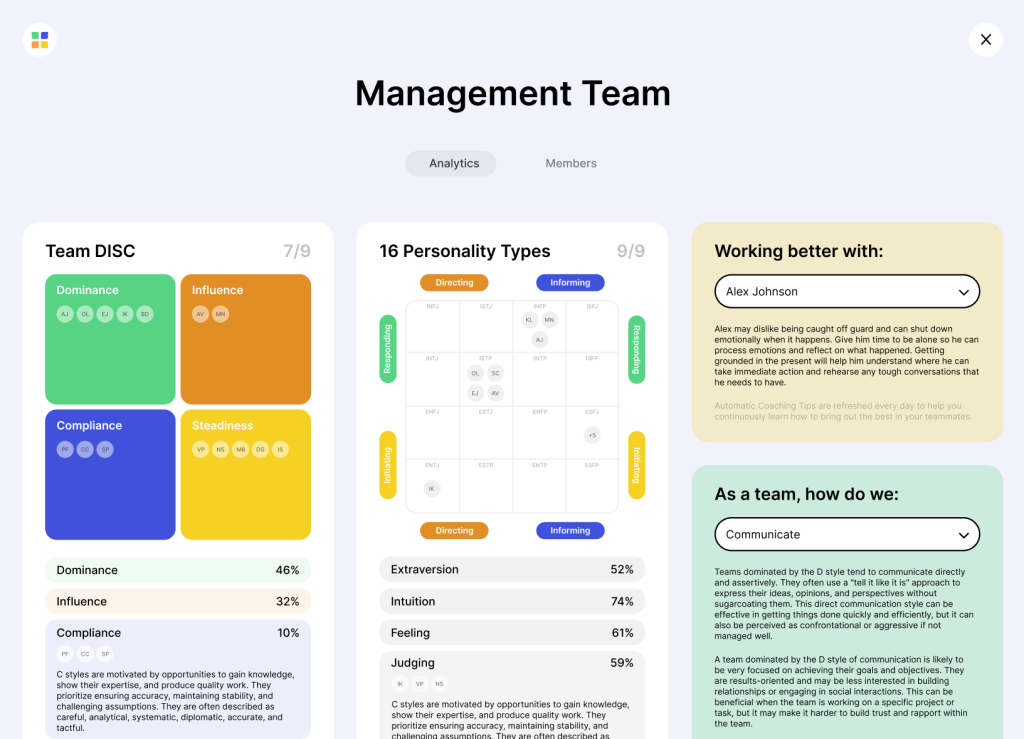Borderline Spectrum Disorder (BPD) is a mental disorder that is characterized by extreme emotional instability, impulsivity, and difficulty in maintaining relationships.
People with BPD often have a history of childhood trauma or abuse and may also suffer from other mental disorders such as depression, anxiety, or eating disorders.
While there is no cure for BPD, there are treatments that can help manage the symptoms and enable people with BPD to lead healthy and productive lives.
In this article, we will discuss the symptoms, causes, and treatment of borderline spectrum disorder. We will also provide some tips on how to cope if you or someone you know has BPD.
What is Borderline Spectrum (BPD)? Meaning & Definition
People with BPD often have difficulty regulating their emotions and may experience extreme swings in mood, from highs to lows.
They may also engage in impulsive or risky behavior, such as spending sprees, unprotected sex, substance abuse, or self-harm.
People with BPD often have a very fragile sense of self-identity and may see themselves as bad or evil. They may feel empty inside and have a chronic fear of abandonment.
As a result of these feelings, people with BPD may engage in “black-and-white thinking” and have difficulty tolerating any type of gray area.
They may also have a hard time trusting others and may push people away even when they want to be close. While the cause of BPD is not fully understood, it is believed to be due to a combination of genetic and environmental factors. Treatment for BPD typically includes psychotherapy and medication.
Can Borderline Spectrum (BPD) Be Dangerous?
Borderline spectrum (BPD) is a mental illness that can be dangerous. People with BPD often have intense emotions and behaviors that can lead to self-harm or harm to others.
While people with BPD can be dangerous, it is important to remember that not all people with BPD are violent. In addition, with treatment, people with BPD can learn to control their emotions and behaviors.
If you or someone you know has borderline spectrum (BPD), it is important to get help from a mental health professional. Treatment can help reduce the symptoms of BPD and improve the person’s quality of life.
List of Borderline Spectrum (BPD) Signs, Causes & Symptoms
Here are some signs, causes, and symptoms that you or a loved one may have a borderline personality disorder.
List of 10 Borderline Spectrum Causes
These are some possible causes of borderline personality disorder:
- Environmental factors
- Genetic factors
- Brain structure and function
- Drug use
- Trauma
- Personality traits
- Mental illness
- Social factors
- Family history
- Gender
List of 10 Borderline Spectrum Symptoms
The following are the most commonly diagnosed symptoms of borderline personality disorder:
- Unstable or intense personal relationships
- Chronic feelings of emptiness or boredom
- Inappropriate, intense, or uncontrolled anger
- Dissociative experiences, including feeling “spaced out” or disconnected from one’s surroundings or self
- Identity disturbance, such as a sense of being unreal or “as if I’m watching myself in a movie”
- Impulsivity in at least two areas that are potentially self-damaging (e.g., spending, sex, substance abuse, reckless driving)
- Recurrent suicidal behavior, gestures, threats, or self-mutilating behavior
- Chronic feelings of stress or marked emotional reactivity
- paranoia or dissociative symptoms (e.g., feeling unreal, depersonalization)
- Transient, stress-related paranoid ideation or severe dissociative symptoms
List of 10 Borderline Spectrum Disorder Signs
The following disorder signs are not an exhaustive list but represent some of the most commonly experienced symptoms by those with borderline spectrum disorders:
- Intense and unstable relationships with others characterized by alternating between idealization and devaluation
- Unclear or rapidly changing self-image
- Impulsivity in at least two areas that may include spending, sex, substance abuse, eating disorders, reckless driving, and shoplifting
- Frequent changes in mood ranging from extreme happiness to extreme sadness or irritability
- Chronic feelings of emptiness or boredom
- Inappropriate or uncontrolled anger resulting in frequent arguments or physical fights
- Transient, stress-related paranoid thoughts or severe dissociative symptoms
- Self-harm (e.g., cutting, burning) or suicidal behaviors
- Chronic fears of abandonment
- A pattern of intense and unstable relationships with others, characterized by alternating between idealization and devaluation
How To Prevent & Treat Borderline Spectrum Disorder
There are things you can do on your own to prevent or treat BPD. These include:
- Identifying and managing triggers: Triggers are things that can cause a person with BPD to feel worse. They can be experiences, thoughts, or even smells. It’s important to identify your triggers and find ways to avoid them or cope with them.
- Practicing self-care: This means taking care of yourself emotionally and physically. Eating a balanced diet, getting enough sleep, and exercising can help you feel better mentally and physically.
- Finding a support system: A support system can be friends, family, or a therapist. These people can help you through rough times.
- Participating in therapy: There are different types of therapies that can help treat BPD. Some of these include dialectical behavioral therapy (DBT), schema-focused therapy, and mentalization-based therapy (MBT).
- Taking medication: Medication can be used to treat some of the symptoms of BPD. For example, antidepressants can help with depression and anxiety. antipsychotics can help with hallucinations and delusions.
- Educate yourself about BPD: The more you know about BPD, the more you can understand your symptoms and find ways to cope with them. There are some great
Borderline Spectrum Disorder FAQs
No, BPD is not the same as bipolar disorder. BPD is a personality disorder that is characterized by intense and unstable emotions, while bipolar disorder is a mental illness that is characterized by extreme changes in mood. While people with BPD may experience episodes of mania or depression, they do not experience the same severe shifts in mood that are characteristic of bipolar disorder.
While BPD can lead to psychotic symptoms, it does not always do so. Psychosis is a separate mental illness that is characterized by hallucinations or delusions. People with BPD may be more likely to experience psychotic symptoms during periods of extreme stress, but not all people with BPD will develop psychosis.
BPD is not considered a disability, but it can make everyday activities very difficult. People with BPD may have difficulty keeping a job, maintaining relationships, and managing their finances. BPD can also lead to self-harm and suicidal thoughts or behaviors.
Do people with BPD have empathy?
People with BPD are often very compassionate and empathetic. They may be quick to comfort others who are experiencing pain or distress. However, people with BPD may also have difficulty regulating their own emotions, which can lead to problems in relationships.


